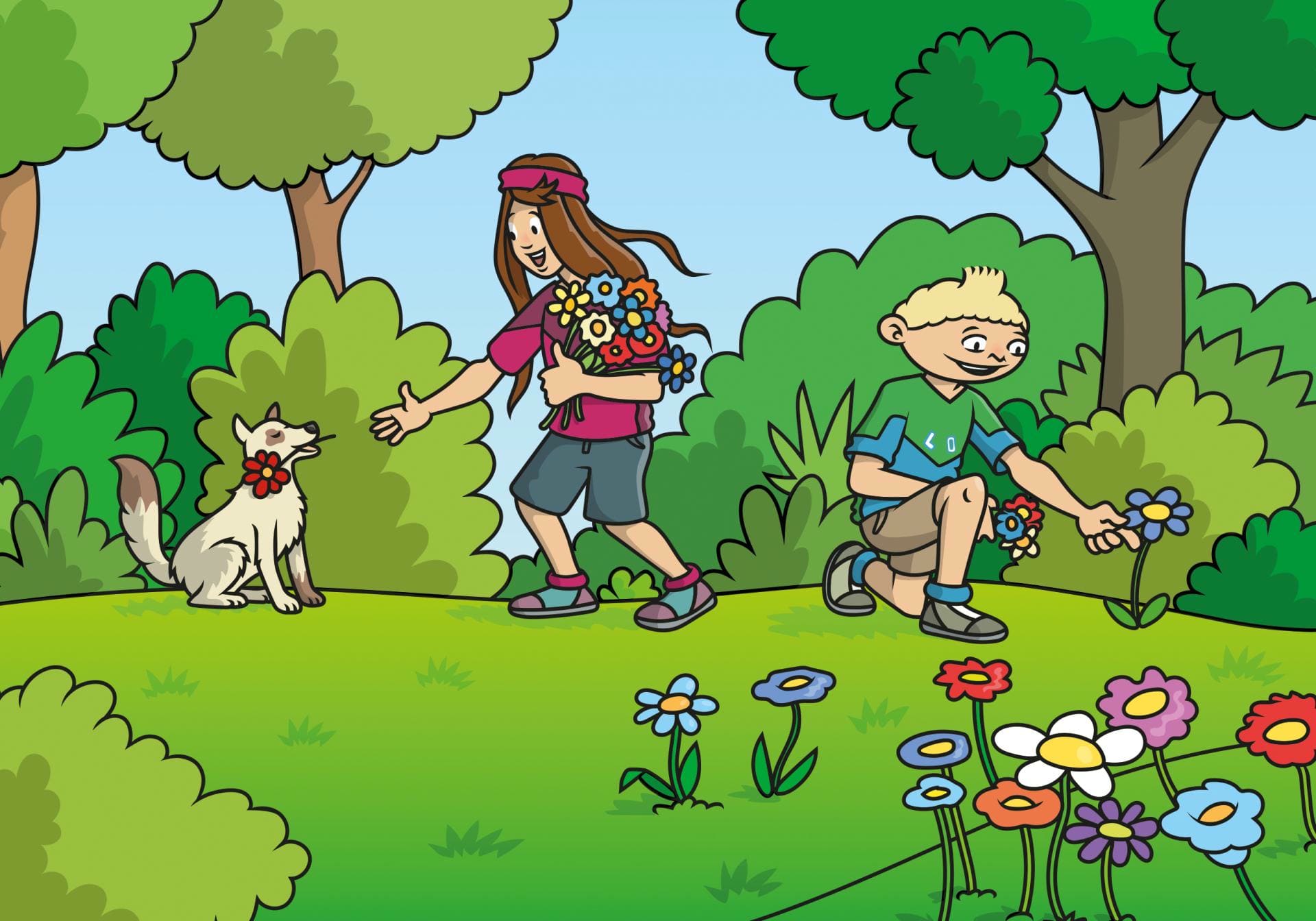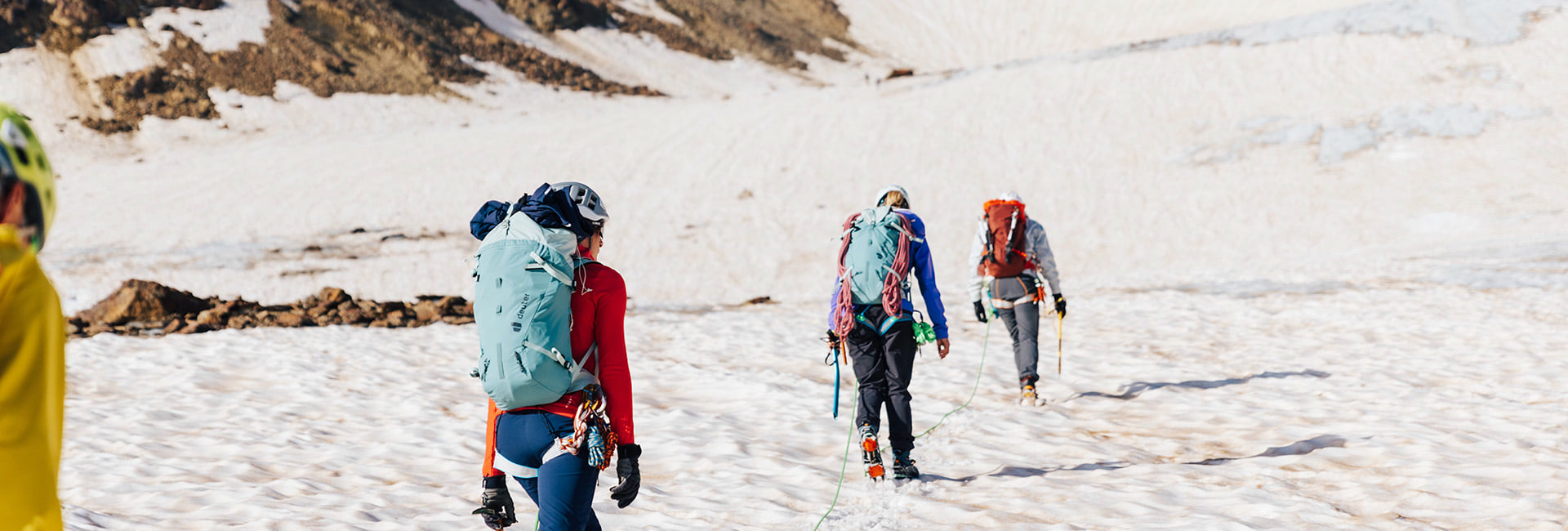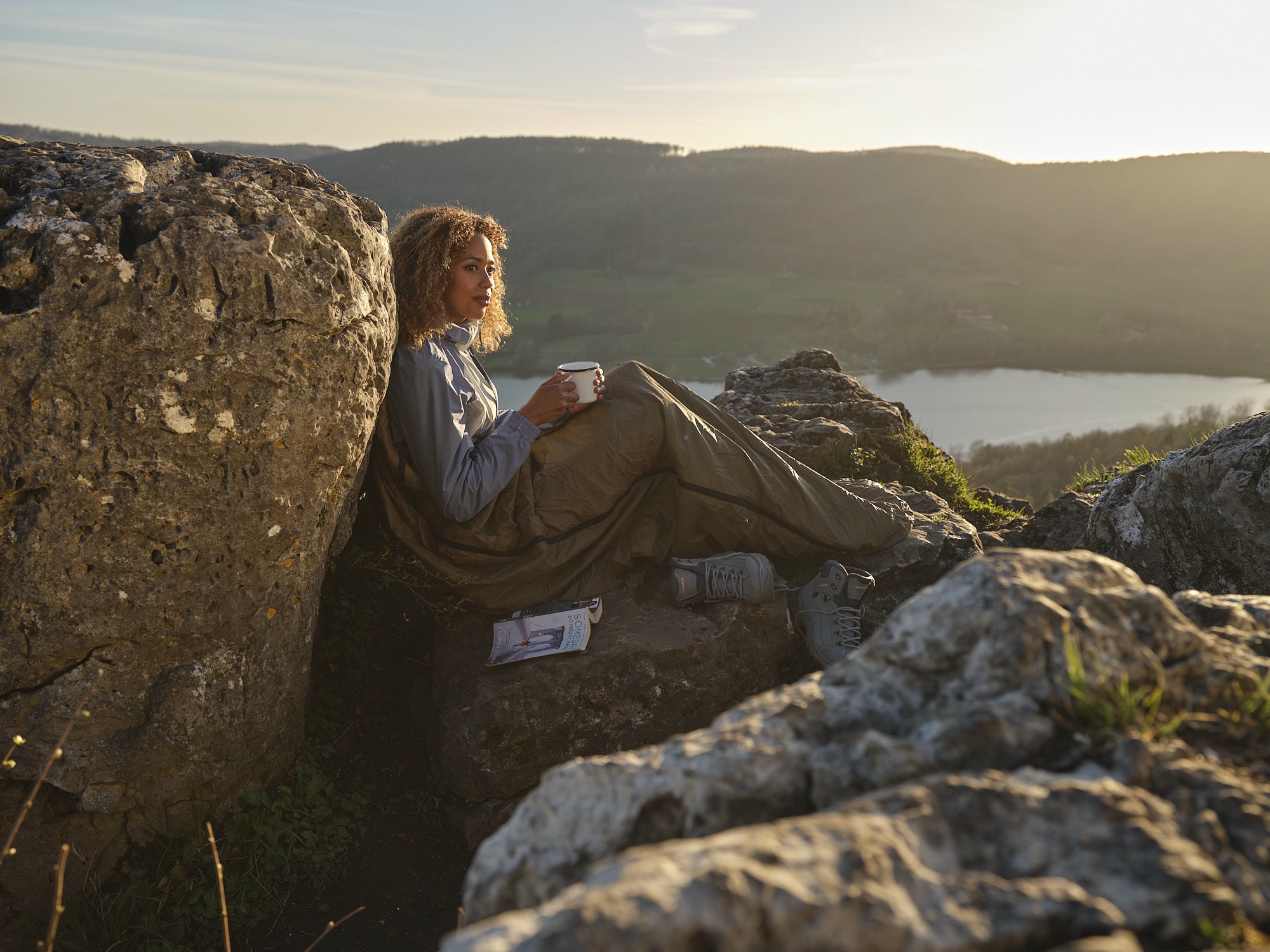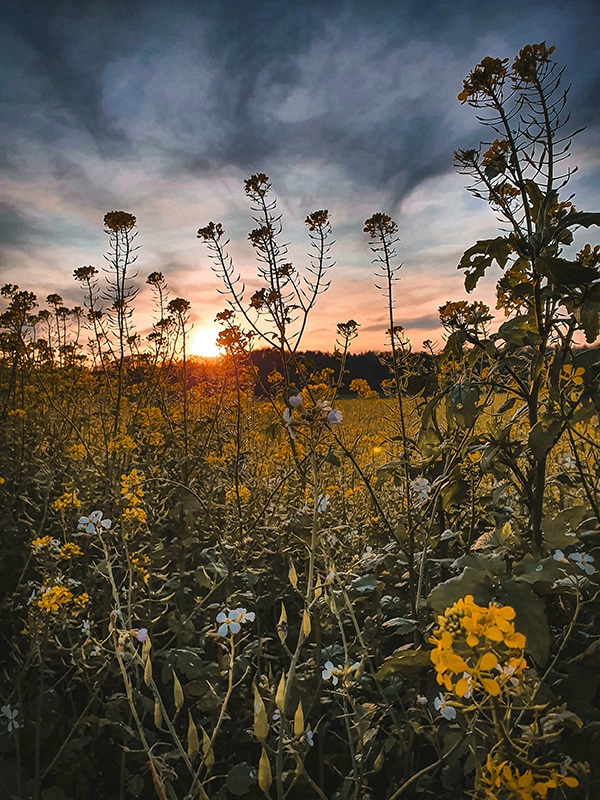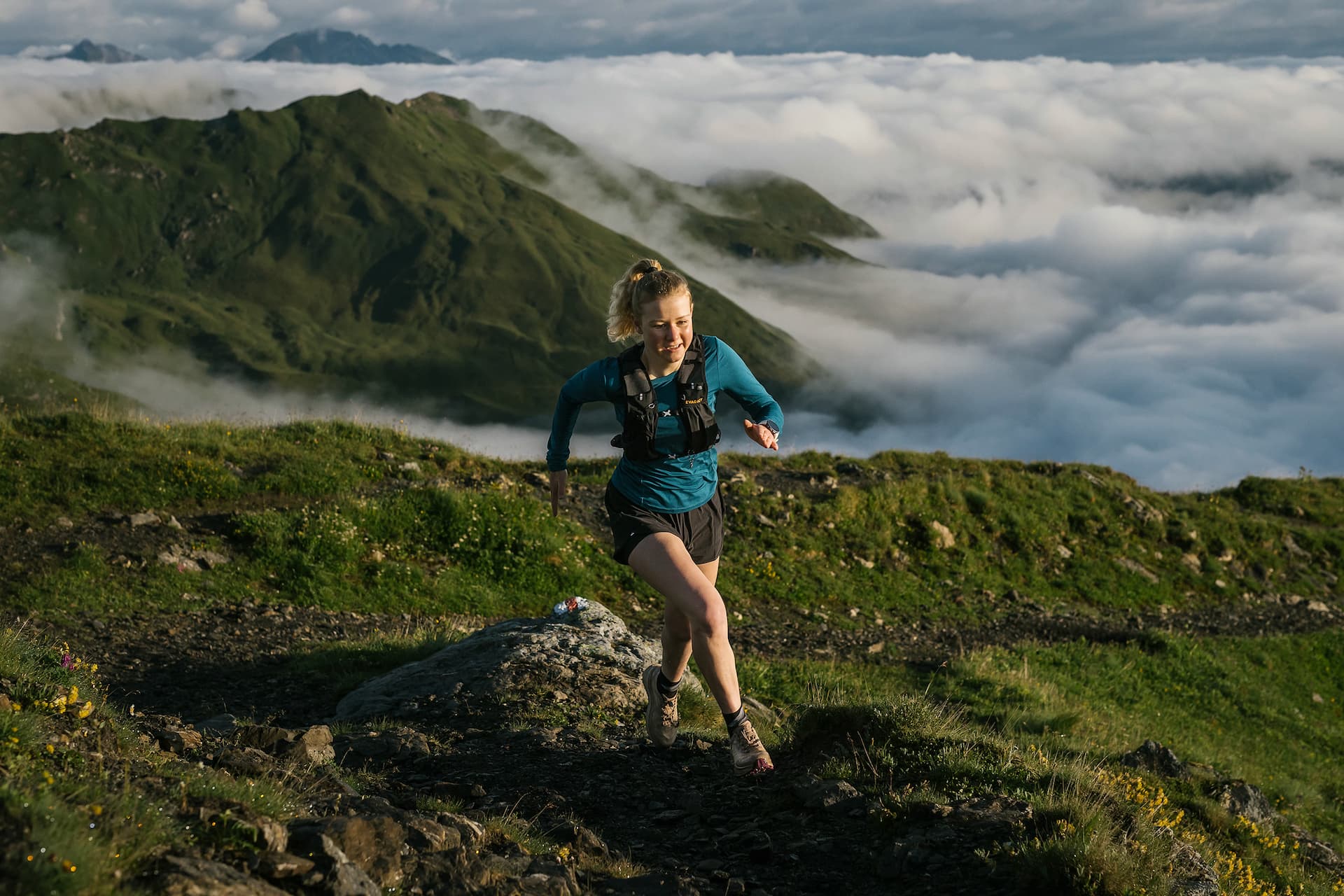You've probably seen a squirrel scurrying through the garden or park and stealing nuts. But there isn't always enough food for these nimble climbers. The animals enjoy a tasty treat all year round. We'll show you step by step how to build a squirrel feeder. It's easy to do with ready-made kits - our instructions come from Vivara, for example, a manufacturer of nature conservation products. Of course, you can also saw the individual parts out of a wooden board yourself.
Extra tip:
Especially in summer, the squirrels also enjoy a small bowl of water so that they get enough to drink.
What you need:
-
Kit for a feeding house for squirrels, available at vivara.de
-
Hammer
-
Screwdriver
-
Walnuts and hazelnuts with shells
-
Sunflower seeds
-
Pumpkin seeds
-
Sultanas


